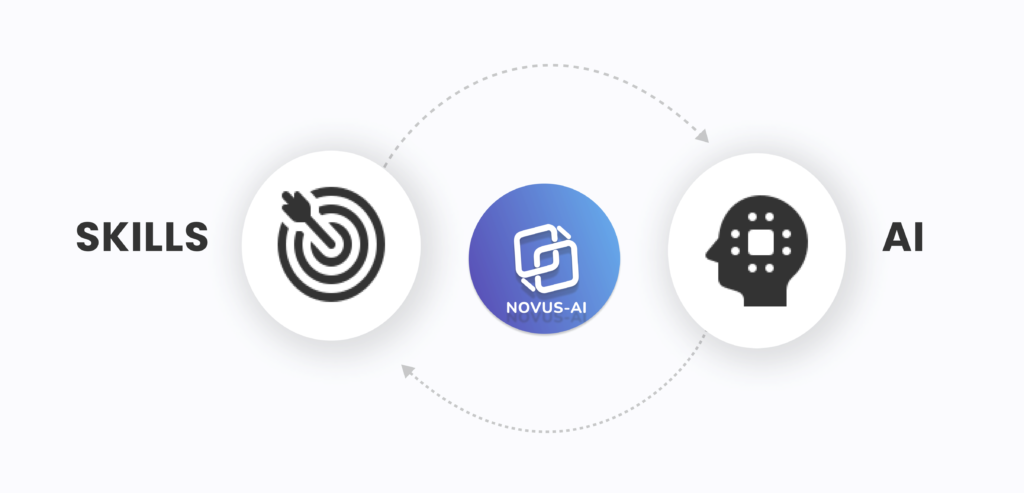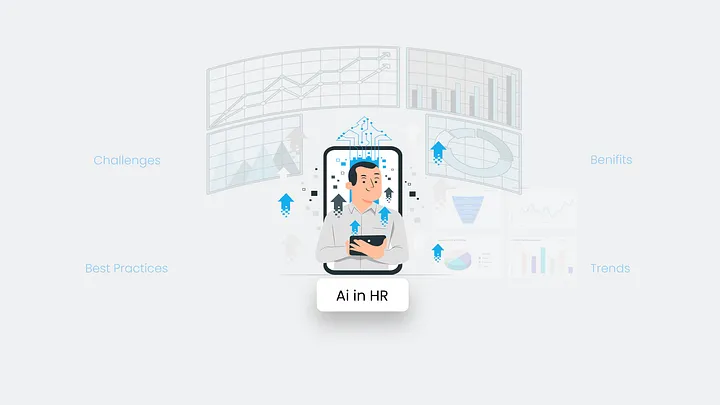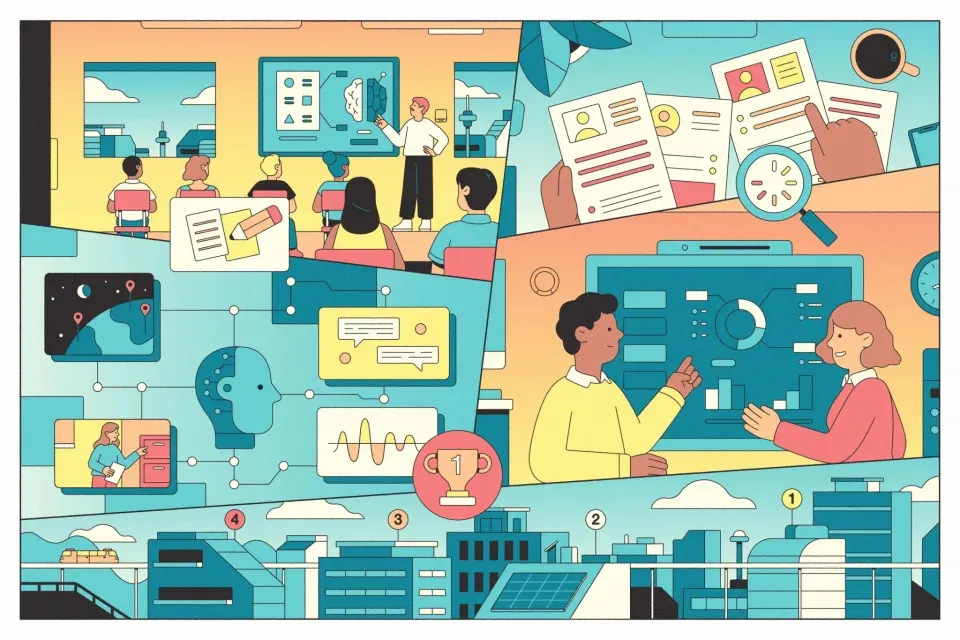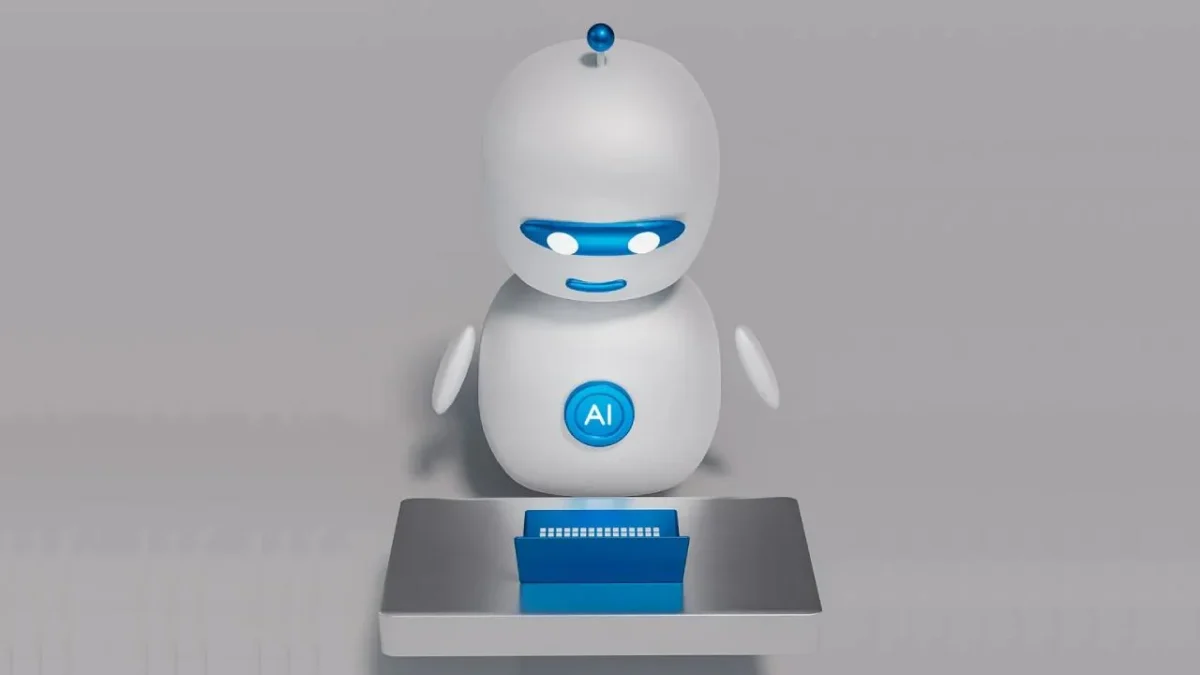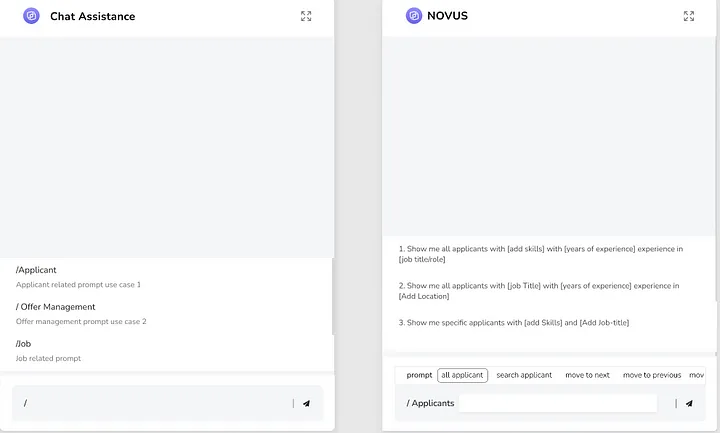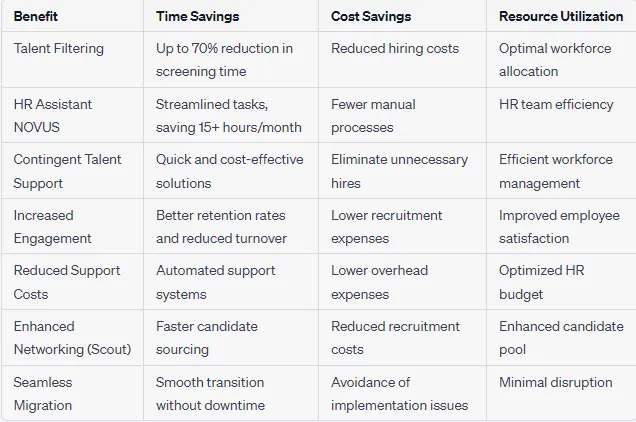In the ever-evolving landscape of talent acquisition, staying ahead of the curve is crucial for organizations looking to build high-performing teams. If you are looking to upgrade your recruitment and selection process and meet the ever-growing candidate and client expectations, then this blog is for you. We have collected a list of the top seven cutting-edge recruitment strategies to strengthen your hiring process in 2024.
But before that, let’s try to understand what exactly is a recruitment strategy.
What is a recruitment strategy and how can good strategies boost your hiring process?
A recruitment strategy is a step-by-step action plan that is designed to effectively identify, attract, and hire candidates for available positions within an organization. From job posting to the selection process, these hiring strategies play an essential role in effective recruitment.
These strategies serve as foundational approaches to broaden the talent pool, find more qualified candidates that can meet the job requirements, and ensure shorter hiring processes. With better recruitment strategies you can heighten the company’s visibility, reduce hiring costs, and improve alignment between candidates and positions, which in turn helps to enhance employee performance and employee retention.
What are the top 7 recruitment strategies?
We have compiled a short list of the top 7 recruitment strategies that are sure to help you boost your recruitment and selection process.
1. Prioritize candidate experience

A positive candidate experience is not just a necessity, but also an expectation nowadays.
Candidates now expect a seamless and personalized recruitment journey. Therefore, how you treat the candidates is important since they are the people you are offering a job to.
Better candidate response would enable you to have a wider range of options to select an ideal talent from. Therefore, your first priority should be to ensure a certain level of professionalism in your interactions with the candidates throughout the recruitment process.
There should always be a certain level of respect in your interactions with the candidates, whether it’s a phone screening, video interview, or face-to-face meeting. Making a good first impression is absolutely essential.
You should ensure that your communication is transparent and the application process is user-friendly. There should be a clear communication about the approximate duration of interviews, and you should try to adhere to the time slot assigned to the interview.
Extending hospitality to the candidates is not only a very good strategy to help you build trust but also reflects a commitment to professionalism. Therefore, while the talents become more comfortable sharing their strengths and weaknesses, you can ensure a positive interaction throughout the hiring process, while screening them more effectively and maintaining a good brand image for the company you are hiring for.
2. Use technology

The market currently offers multiple talent management tools and HR software to help the recruiters to enhance their hiring and selection process. Leveraging these advanced recruitment technologies can significantly streamline and enhance the recruitment process.
You can use Artificial Intelligence (AI) and machine learning tools to sift through large volumes of resumes, identify top candidates, and even predict their potential success within your organization. You can invest in an applicant tracking system (ATS) to automate administrative tasks so that you can focus on building relationships with candidates and making strategic hiring decisions.
Using technology can help you to save valuable time which is ultimately the biggest resource that any company has. Some applicant tracking systems (ATS) also give you constant insights into your hiring process so that you can ensure that you are doing everything right.
Investing in recruitment tools, whether it’s a dedicated ATS or a broader HR software, can help you work more efficiently by simplifying and automating tasks.
What exactly is an applicant tracking system (ATS) and how can it help? Read all about it in our Ultimate Guide for ATS!
3. Embrace diversity

A diverse workforce brings a wealth of perspectives, ideas, and innovation to the table.
Nowadays, many companies are placing a greater emphasis on fostering inclusive workplaces. A good recruitment strategy would be to open your talent pools to a wider audience and attract a diverse talent.
It is critical that you update your job descriptions to eliminate unconscious biases and actively seek out underrepresented candidates to upgrade your quality of hires.
Make sure that your recruitment strategies are inclusive and that you are targeting candidates across diverse platforms. Ensure that your company culture is inclusive of people and their backgrounds. And work on creating a work environment where every employee feels welcomed and supported.
All this can help you to improve your employee satisfaction and employee retention rate while also ensuring a healthier workplace culture.
4. Implement referral programs
Skilled professionals often keep contacts with like-minded individuals that they may have met in previous work places or otherwise. This makes employee referral programs an invaluable tool for attracting top talent.
Adding an employee referral program to your recruitment strategies can help you to identify top talents from the network of your co-workers as well. Programs like these encourage the employees to share open roles with the potential candidates in their networks, thereby allowing you access to a wider selection pool.
You can consider providing enticing incentives like bonuses and contests to elevate participation and enthusiasm amongst your fellow employees. Integrating these programs into your hiring and selection process can significantly reduce your recruitment efforts while also simultaneously enhancing the probability of a good hire.
5. Leverage social media

If you haven’t already added using social media channels into your recruitment strategies then you should totally do it now.
Social media is an effective recruiting tool that can help you to broaden your talent pool and engage in meaningful two-way conversations.
You can share job postings across platforms like LinkedIn, Facebook, Twitter, and Instagram, and utilize these platforms to extend the boundaries of your network.
You can also showcase your company’s personality through photos and videos from events, daily office life, and other elements aligned with your employer brand. This encourages potential candidates who are interested in working with you to approach you directly therefore reducing the efforts you put in in hunting down qualified talent during your recruitment process.
You can also ask your employees who use these platforms to share job vacancies with their networks, expanding your reach further.
Your company should have a set of dedicated recruiting social media accounts that post content about company culture, events, employee highlights, and available roles. Accounts like these will help to attract interested talents directly.
Some HR software are integrated with social media platforms and allow you to post jobs on social media channels directly from a single dashboard.
6. Encourage data-driven recruitment

Data analytics is transforming recruitment by providing valuable insights into the effectiveness of various strategies. You can leverage this data to understand the performance of your recruitment strategies to constantly update your methods.
You should analyze the metrics such as time-to-fill, cost-per-hire, and quality-of-hire to make informed decisions and discard the strategies that are not working in your favour.
Some recruiting software like applicant tracking systems (ATS) often track data throughout the hiring and selection process to offer analytics and metrics to the recruiters. This helps you to gain valuable insights into the effectiveness of your recruitment efforts.
You can also use data-based analyses of resumes to sift through them faster and predict candidate success. Sometimes, software like applicant tracking systems (ATS) perform an AI-based preliminary screening of the resumes to rank the candidate resumes in order of their compatibility with the job.
By encouraging a data-based approach to recruitment, you can optimize your hiring process and make better decisions.
7. Revisit past candidates
Another element that might help you to upgrade your recruitment strategies is revisiting past candidates. When scouting for candidates on similar positions in future, you can revisit the resumes of past candidates that made it to the last rounds of interviews. Using such a method can help you save a lot of time and therefore optimize your hiring process to be more efficient.
You can use some HR software to keep a database of these past applicants so that you can refer their applications when similar positions open up in future. Keeping a track of these candidate profiles can help you deliver faster and better results while simultaneously helping you to build a high-quality talent pool of your own.
This proactive approach allows you to efficiently navigate the recruitment process, while allowing you to keep track of some talented and familiar faces for future positions.
Conclusion
As you navigate the challenges of the ever-demanding talent acquisition industry, adopting innovative recruitment strategies becomes essential for success. We hope that implementing the strategies listed above will help you simplify your recruitment and selection process. However, we encourage you to remain proactive in your approach and keep revisiting your methods to stay ahead of the curve.
Somhako is a leading, global talent intelligence company, dedicated to simplifying recruitment operations and driving peak efficiency for recruiters worldwide. Through its AI-driven applicant tracking system, Somhako empowers users to identify top talents, streamline workflows, automate operations, and enhance the efficiency of hiring rates.
















